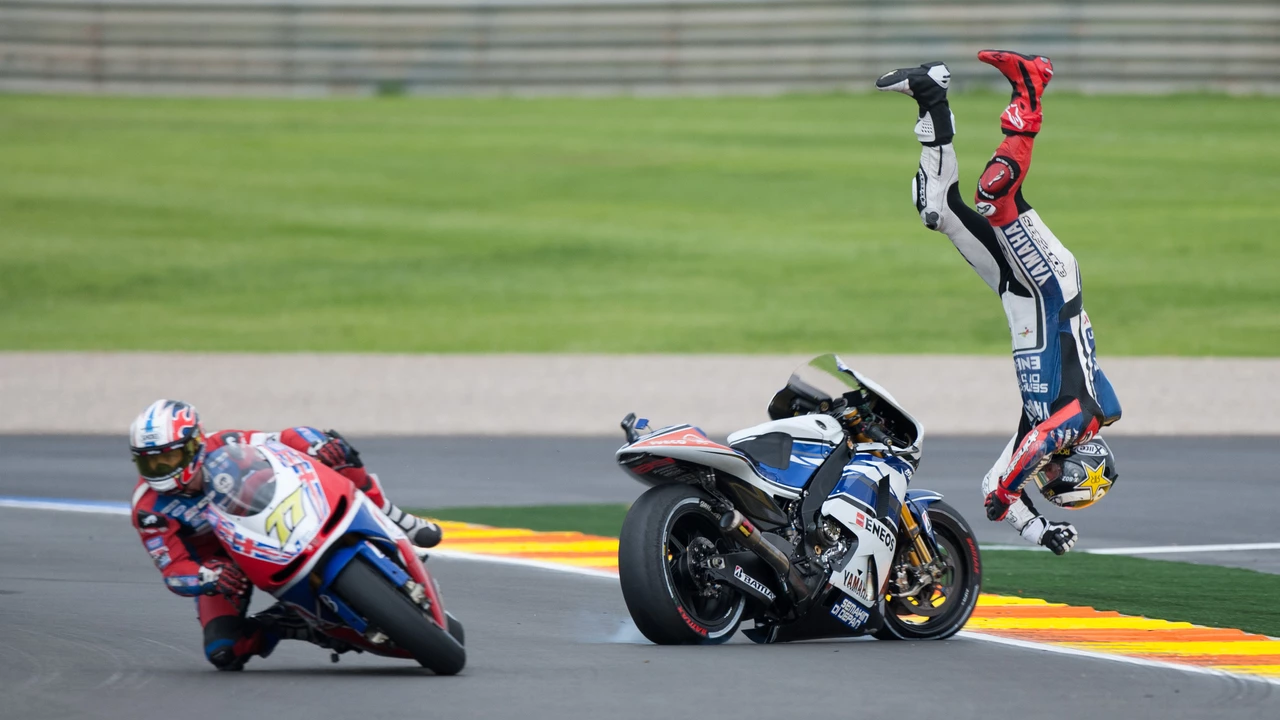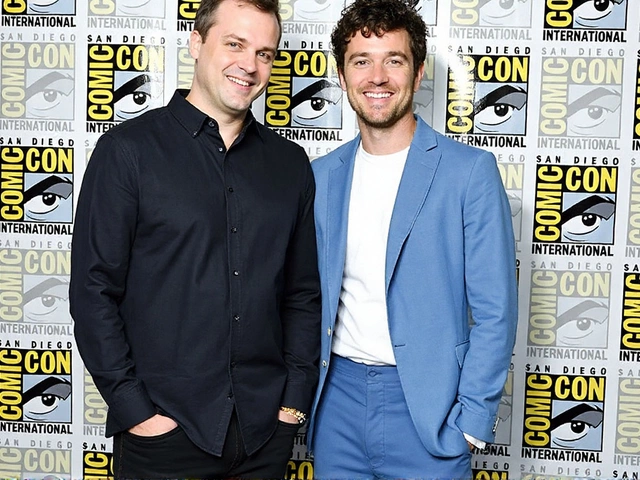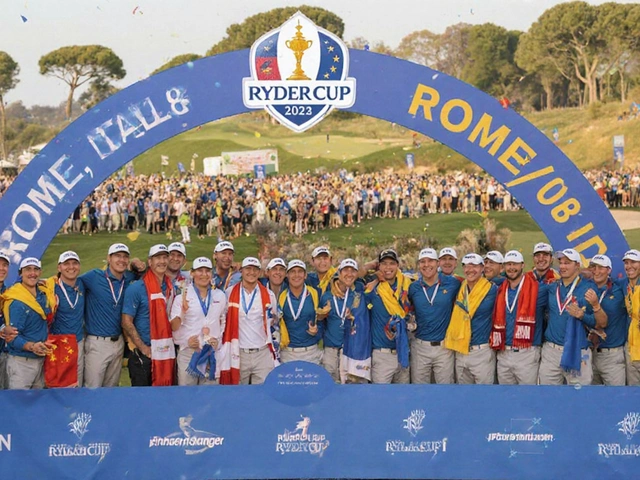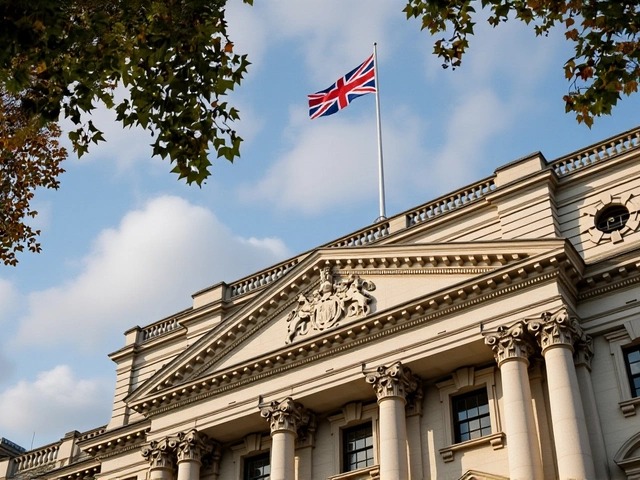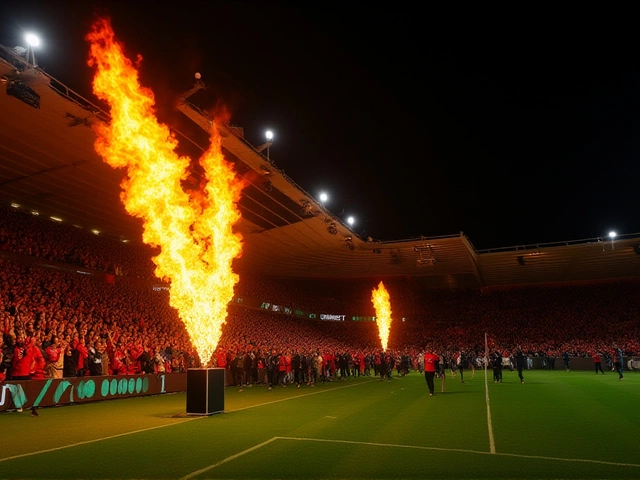Motor Sports Explained: From Racing Thrills to Counter‑Steering Secrets
Welcome to the world of motor sports, where speed, skill, and a love for machines come together. Whether you’re a weekend track‑day enthusiast or someone who watches the latest Grand Prix on TV, you’ll find plenty to talk about here. So, what makes motor sports so addictive? It’s the mix of raw power and the tiny tricks riders use to stay in control.
Why MotoGP Riders Don’t Turn the Handles
Ever seen a MotoGP rider lean into a corner and wonder why the handlebars don’t seem to follow the turn? The secret is called counter‑steering. Instead of turning the bar the way you think, riders push it in the opposite direction. That push makes the bike lean, and the lean tells the bike which way to go.
It sounds weird, but it’s the fastest way to change direction at high speeds. When the bike leans, the tires stay on the optimal contact patch, giving better grip. The rider then gently corrects the steering to keep the line smooth. If you try this on a regular bike at lower speeds, you’ll feel the bike want to turn the way you pushed the bar—just slower and safer.
Understanding counter‑steering helps you appreciate the skill behind every lap. It also shows why MotoGP bikes feel so stable even when they look like they’re on the edge of tipping over. The physics are simple: lean the bike, then let the lean guide the turn.
Other Motor Sports Tricks You Can Try
Motor sports isn’t just about motorcycles. Cars, karts, and even off‑road trucks have their own tricks. For example, race car drivers often use “trail braking.” That means they keep the brake on a little while entering a corner, which shifts weight to the front tires and gives extra turning grip.
If you’re into karting, try “late apex” driving. Hit the inside of the corner a bit later, which lets you carry more speed onto the next straight. It feels counter‑intuitive at first, but once you get the rhythm, you’ll shave seconds off each lap.
Off‑road riders love “body English.” By shifting your weight forward or back, you can control wheel lift and traction on loose surfaces. A slight lean forward can keep the front wheel down on a steep hill, while leaning back helps the rear wheel climb over obstacles.
All these techniques share a common theme: they rely on moving your body and the machine together, not just twisting a control. That’s why watching professional racers feels like watching a dance—every move has a purpose.
So, the next time you watch a MotoGP race or hit the track yourself, pay attention to how riders and drivers use their bodies to command the machine. The more you notice, the more you’ll understand why motor sports is as much about physics as it is about passion.
Ready to try any of these tips? Grab your helmet, get a feel for the bike or car, and experiment safely. You’ll quickly see how small changes in body position can make a huge difference on the track. And whenever you feel that rush of control, remember you’re part of a long line of enthusiasts who turned a simple hobby into a high‑octane lifestyle.
Why do MotoGP riders not turn their handles?
In the thrilling world of MotoGP, it might seem odd but riders don't actually turn their handles to steer. Instead, they use a technique called counter-steering, where they push the handlebar in the opposite direction of the turn. This creates a lean which ultimately guides the bike into the turn. It's a more efficient way to navigate the high-speed twists and turns of a race, offering better control and stability. This technique showcases the physics at play in MotoGP racing, where precision, skill, and understanding of mechanics come together.
